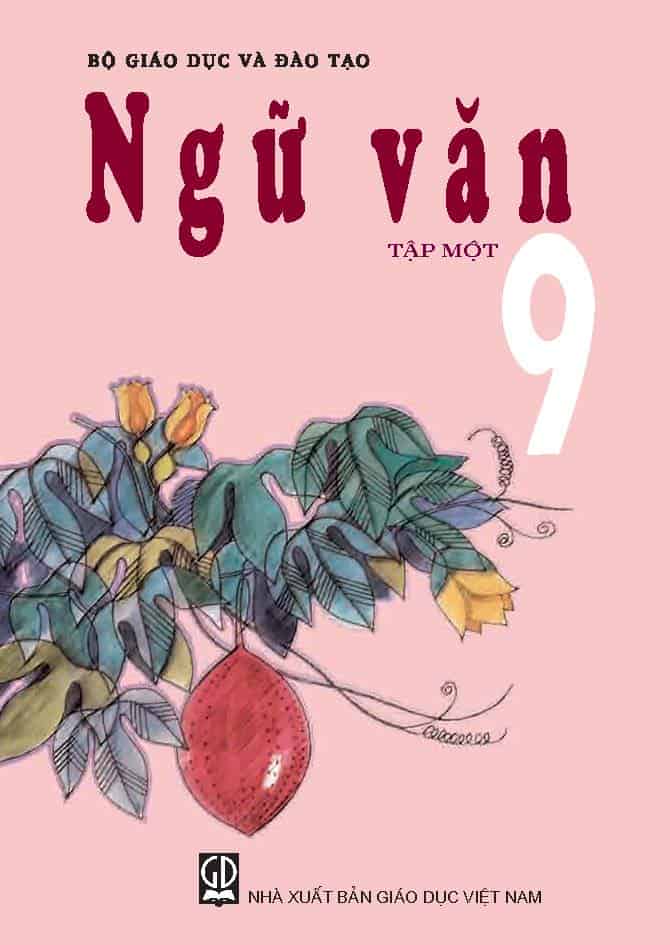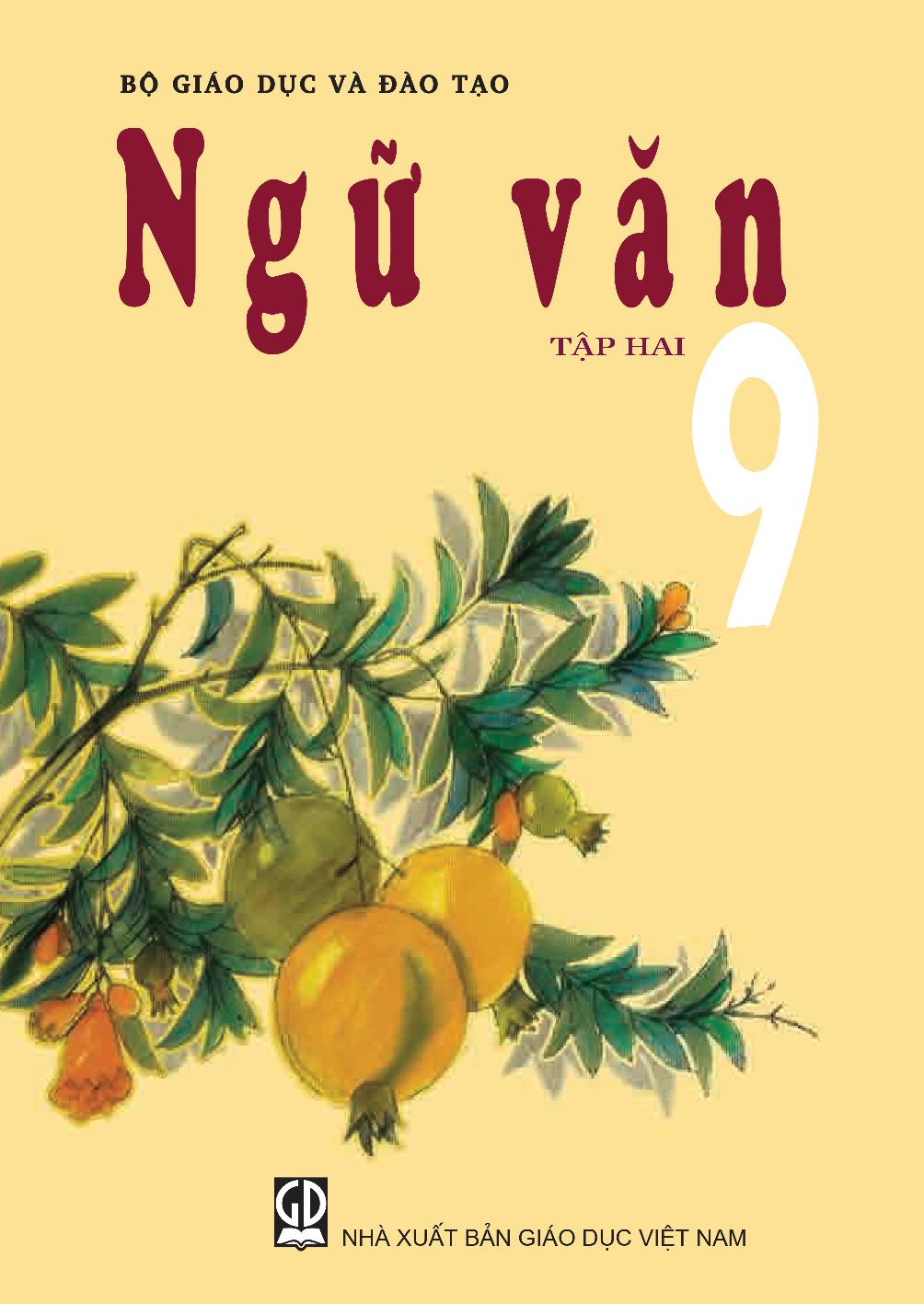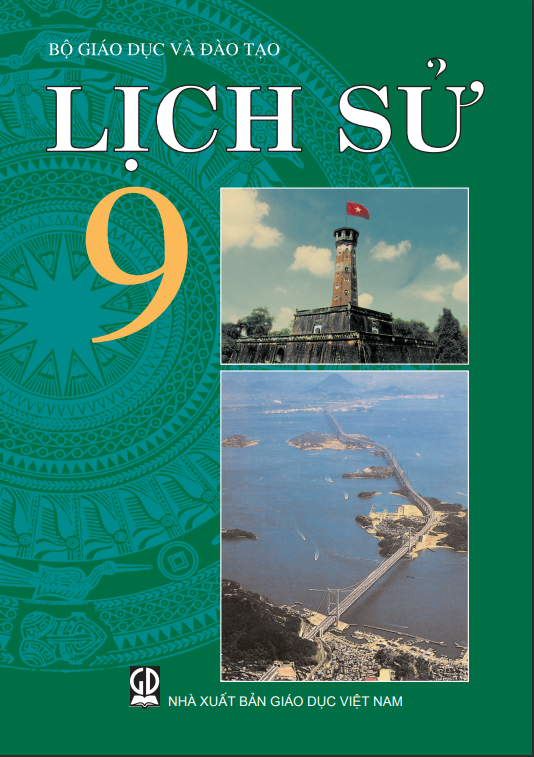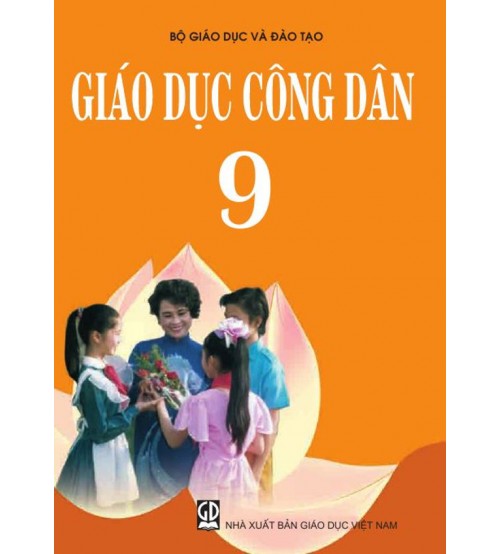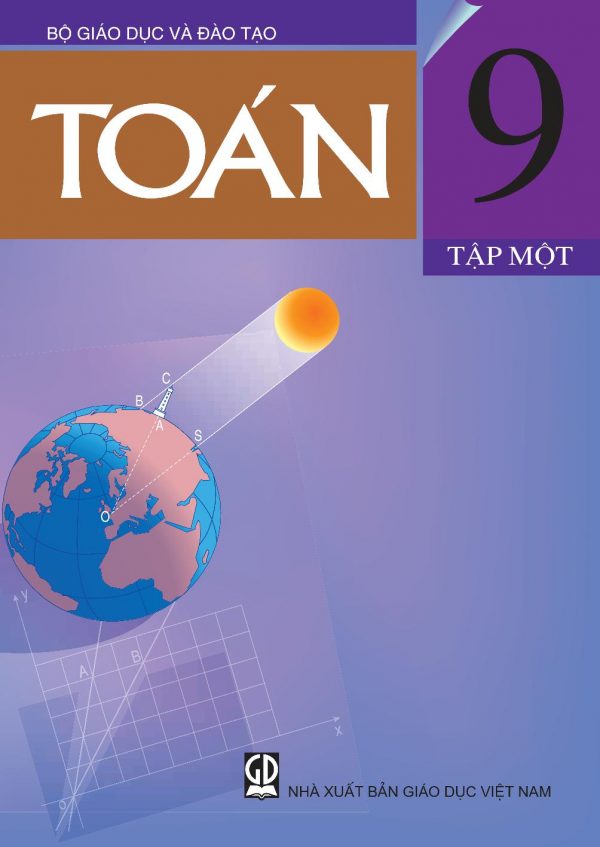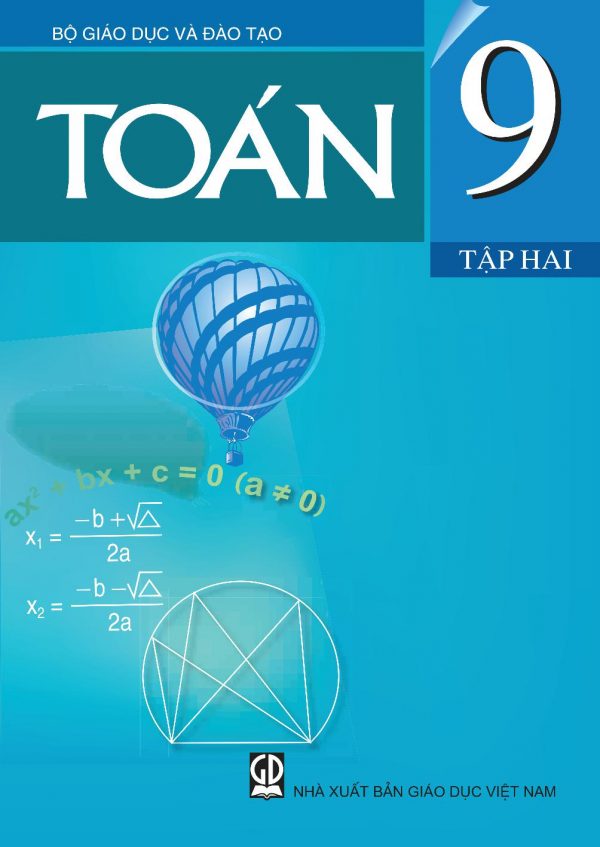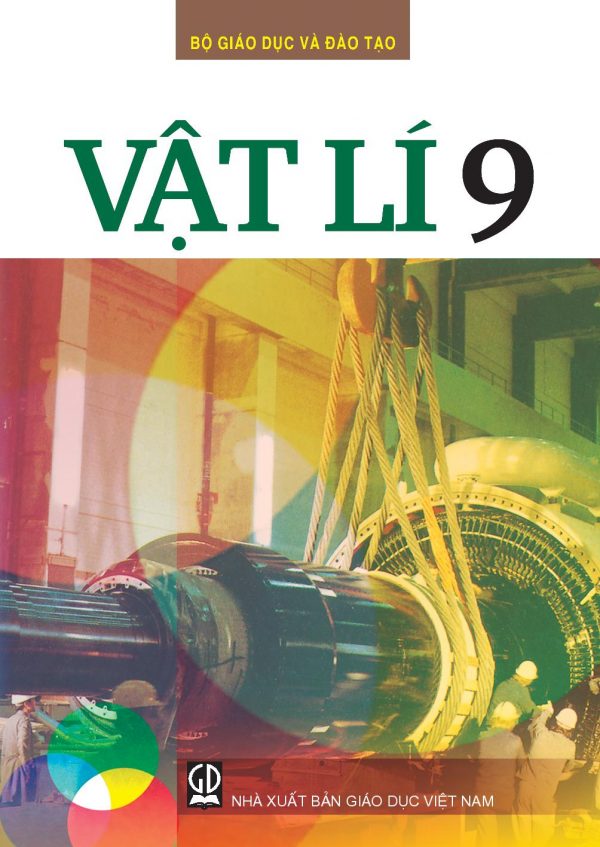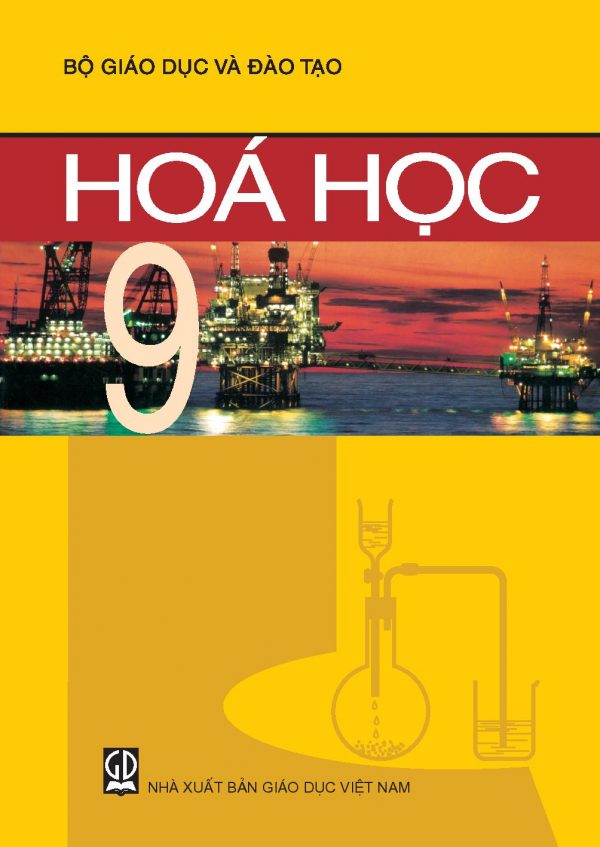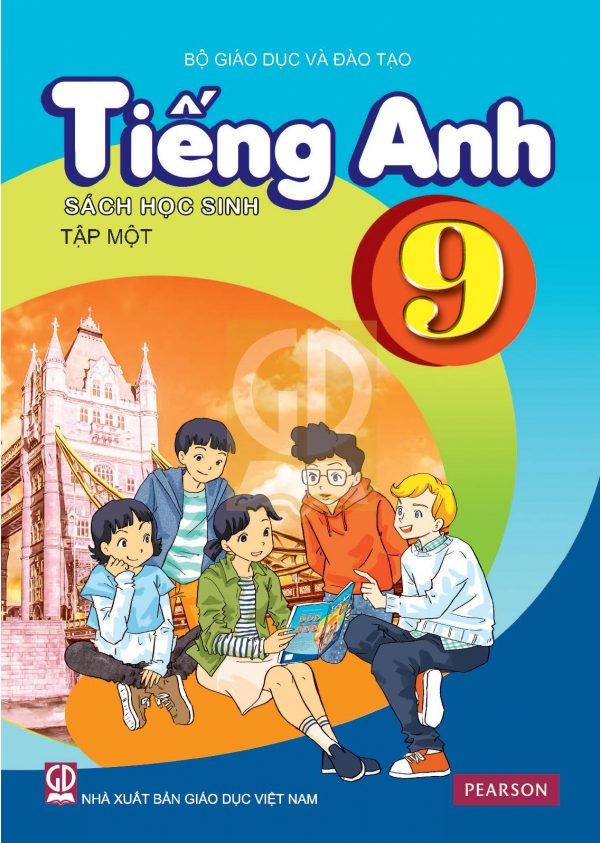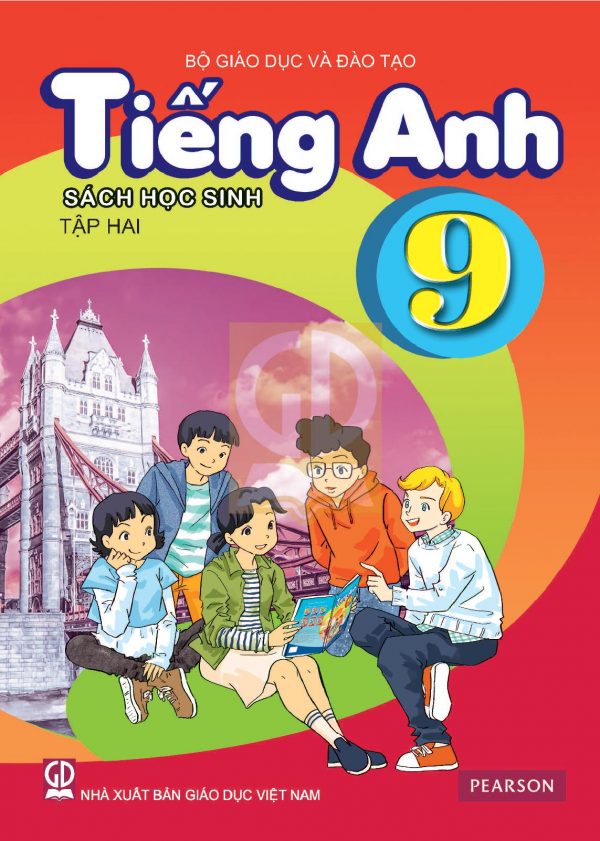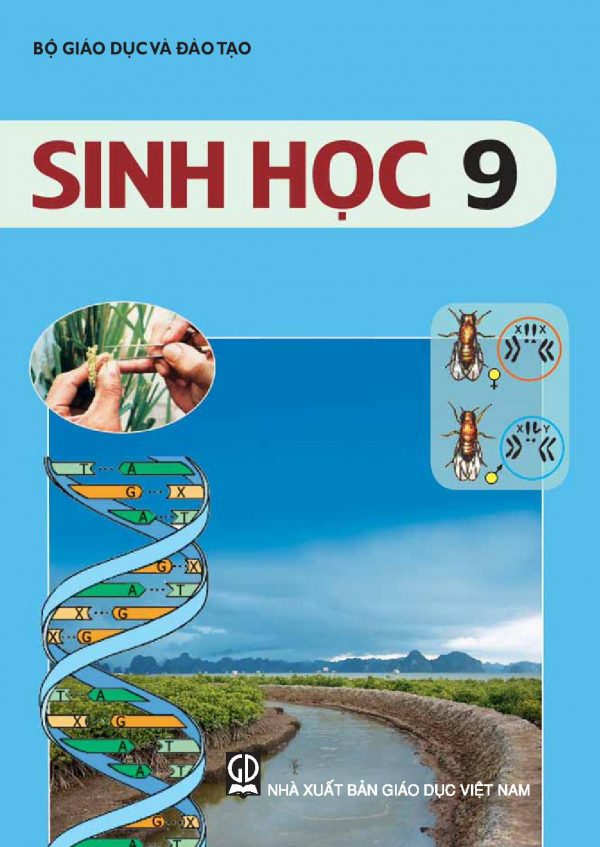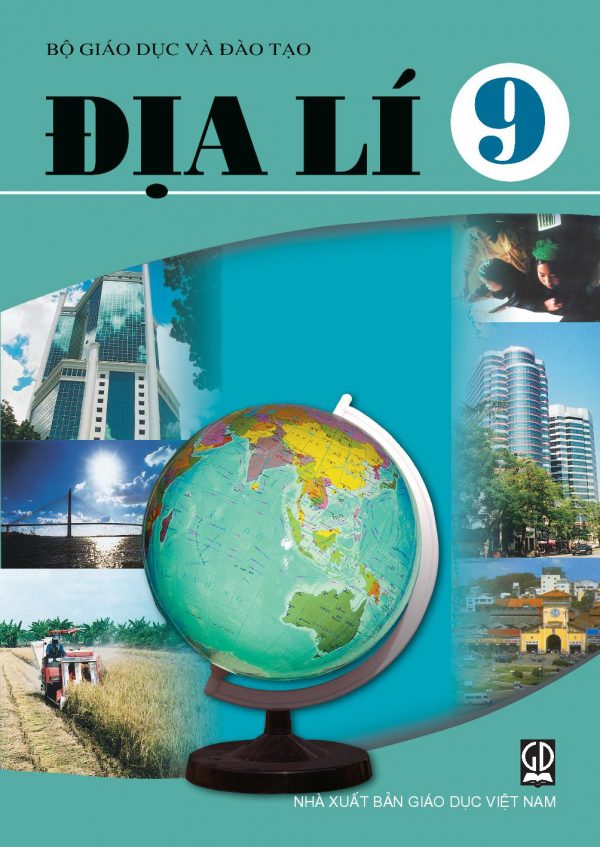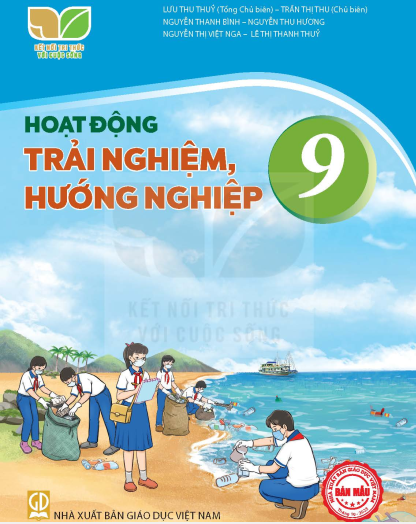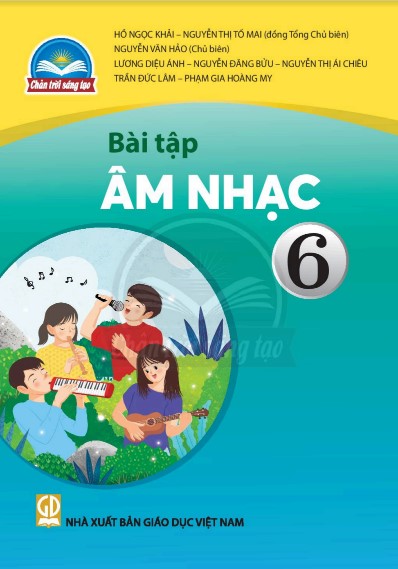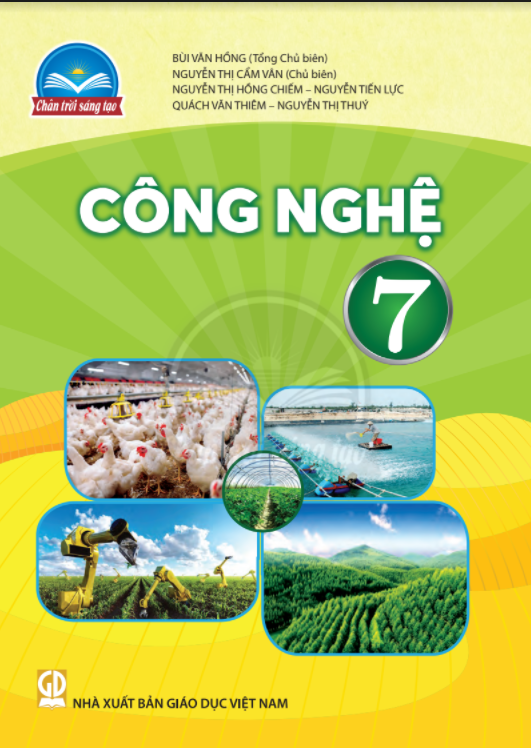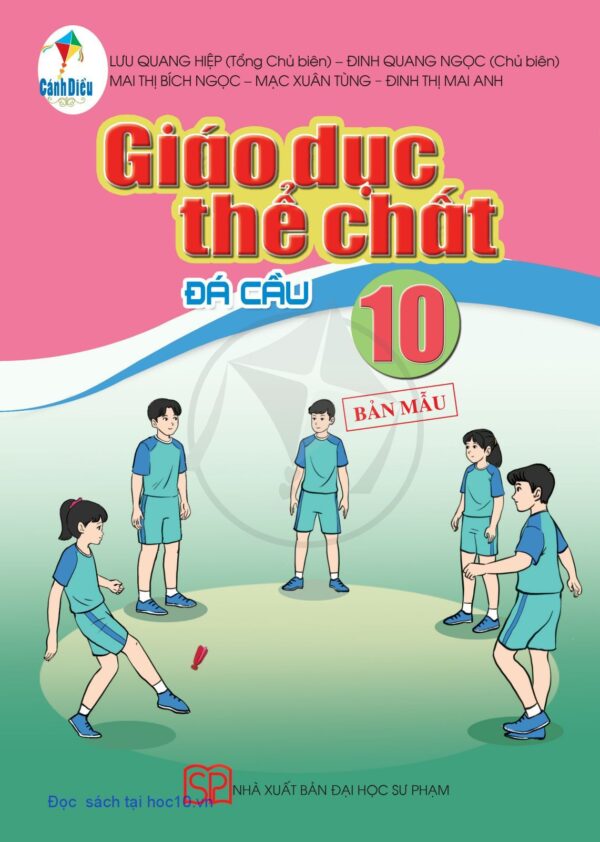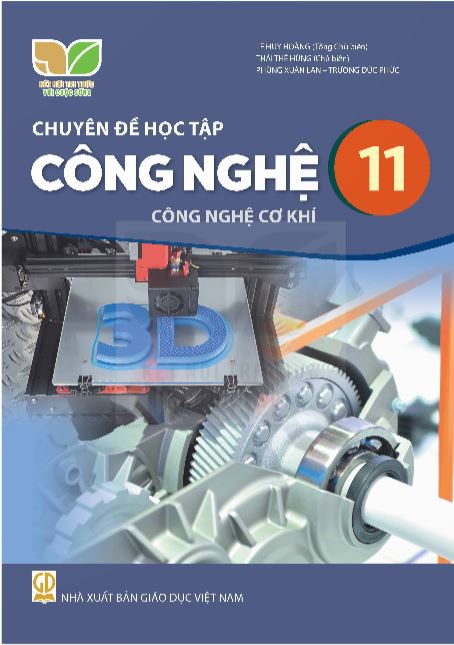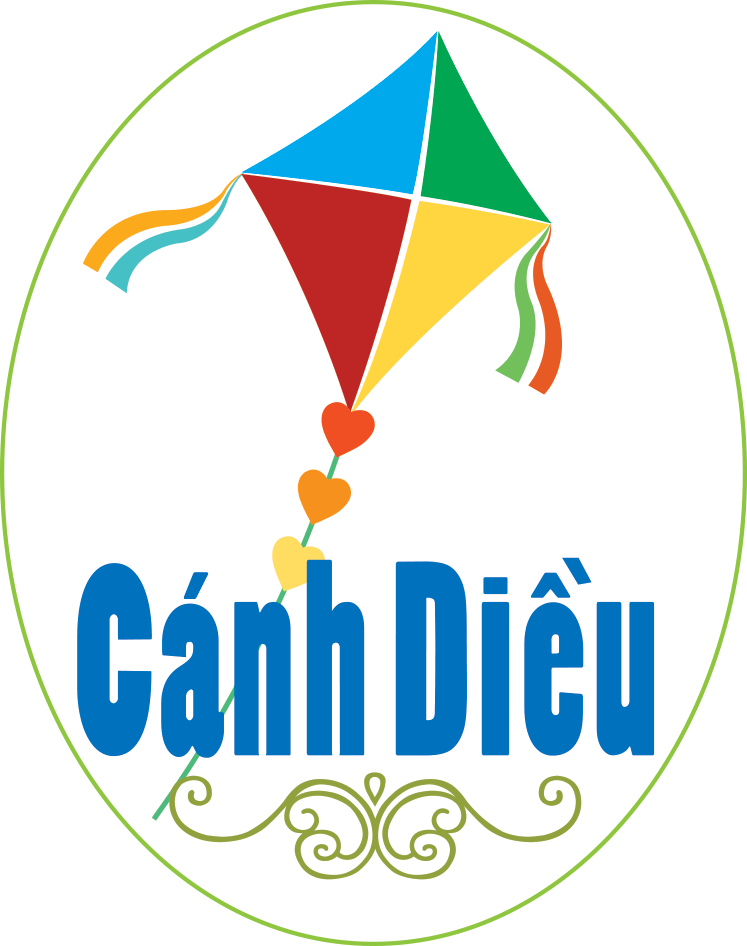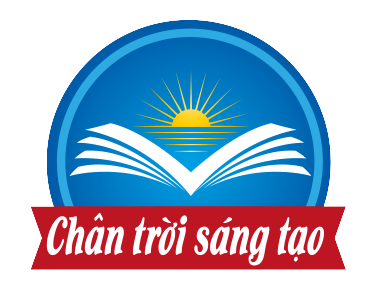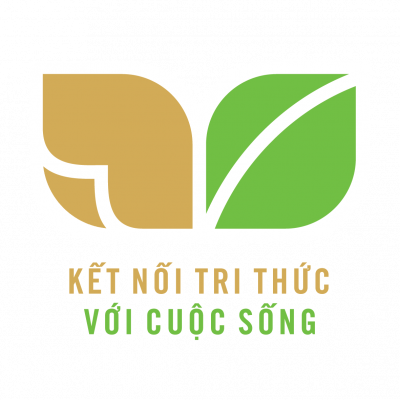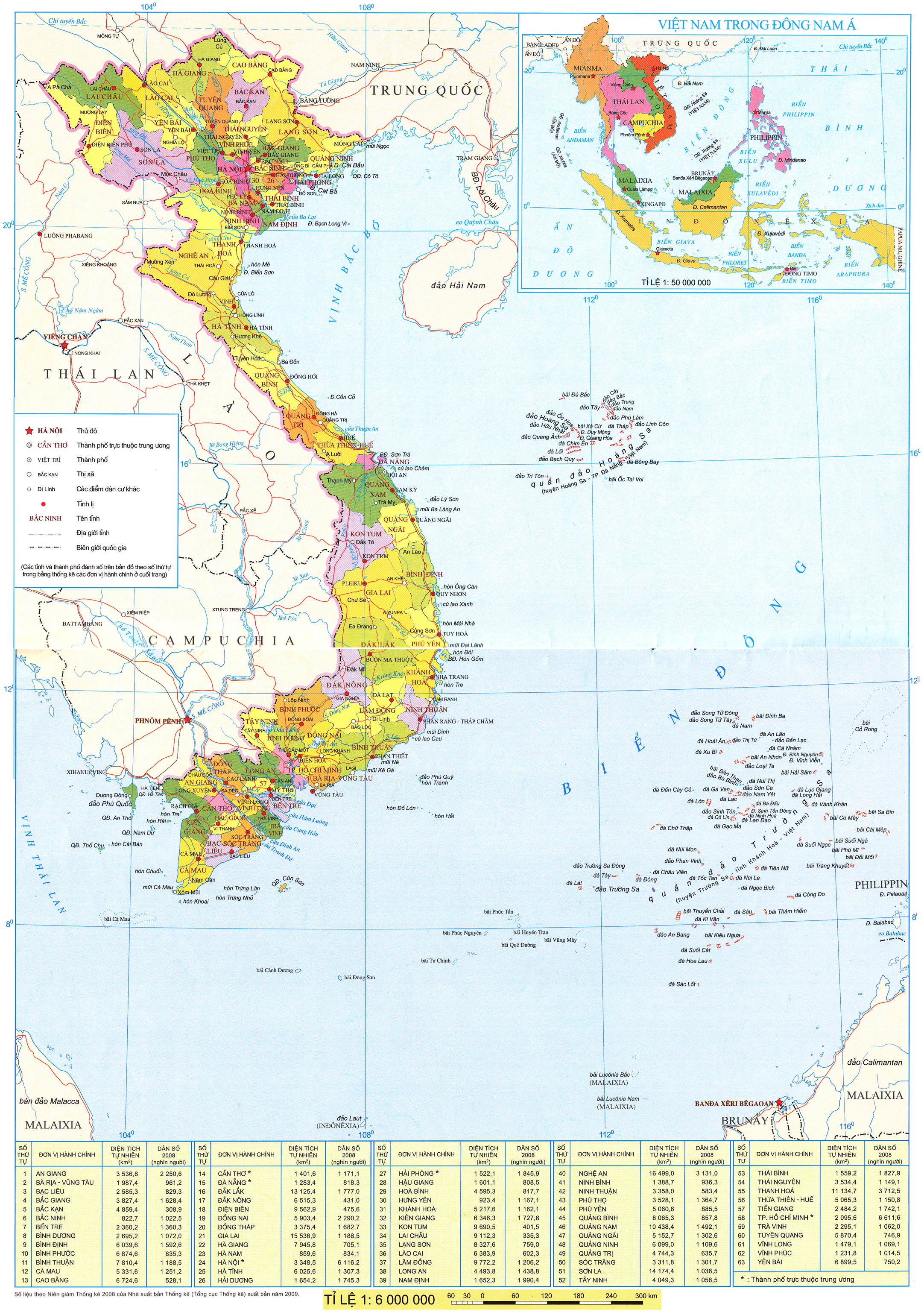(Page 50)
REAL ENGLISH There it is.
A. (2-02) Listen and read. Then repeat the conversation and replace the words in blue.
B. Practice with a partner. Replace any words to make your own conversation.
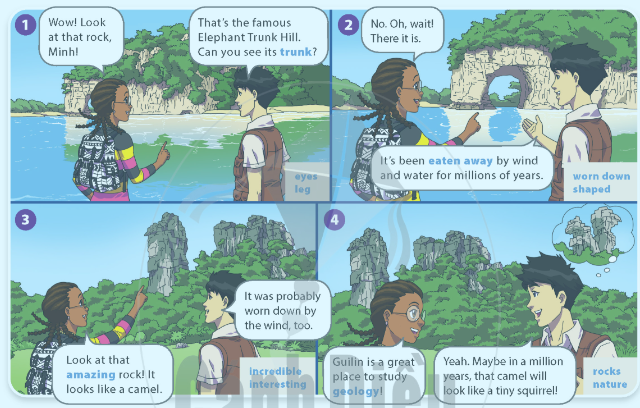
1. eyes - leg
Wow! Look at that rock, Minh!
That's the famous Elephant Trunk Hill. Can you see its trunk?
2. worn down - shaped
No. Oh, wait! There it is.
It's been eaten away by wind and water for millions of years.
3. incredible - interesting
Look at that amazing rock! It looks like a camel.
It was probably worn down by the wind, too.
4. rocks - nature
Guilin is a great place to study geology!
Yeah. Maybe in a million years, that camel will look like a tiny squirrel!
🎧2-03
| TALKING ABOUT HOW THINGS WERE DONE (P. 158) |
| Glaciers form valleys. The sea is washing away the beach. Ice broke apart the rock. Water has eaten away the canyon. | Valleys are formed by glaciers. The beach is being washed away by the sea. The rock was broken apart by ice. The canyon has been eaten away by water. |
| How were these cracks made? | They were made by an earthquake. |
| Was Elephant Trunk Hill created by humans? | No. It was shaped by wind and water. |
(Page 51)
C. (🎧2-04) Complete the sentences. Use the correct forms of the words in the box. Then listen and check your answers.
| agree on eat away put out look after pull over tear down |
1. Look at these canyon walls. They __have been eaten away__ by wind and water for many years.
2. The red car __________________ by the police because it was going too fast.
3. To protect the plants and animals in the area, a plan to create a national park __________________ by the government.
4. The children __________________ by their grandmother when their parents are at work.
5. After last year's hurricane, many damaged homes __________________ by the government.
6. Finally, after ten hours, the fire __________________ by the firefighters.
D. Complete the sentences. Use the correct forms of the words in parentheses.
The area of Ho Chi Minh City was originally a common living space of many peoples such as the Chăm, Khmer and Kinh. It (1) _______ (make) into a major town under the name Gia Đinh in 1698 by Nguyễn Hữu Cảnh. The city (2) _______ (give) a new name Sài Gòn —in the
1860s under French colonization, although Gia Định remained as the name of a city nearby. These two cities (3) _______ (combine) later to form the single city of Sài Gòn. In 1976, the city (4) _______ (rename) again into Hồ Chí Minh City. Today, it (5) _______ (consider) an economical, financial, technological and education hub in Southern Việt Nam.
E. Work with a partner. Student A: Turn to page 134. Student B: Turn to page 137.
